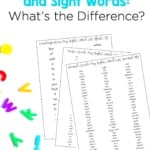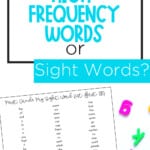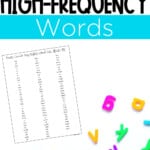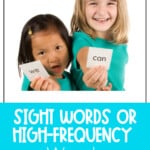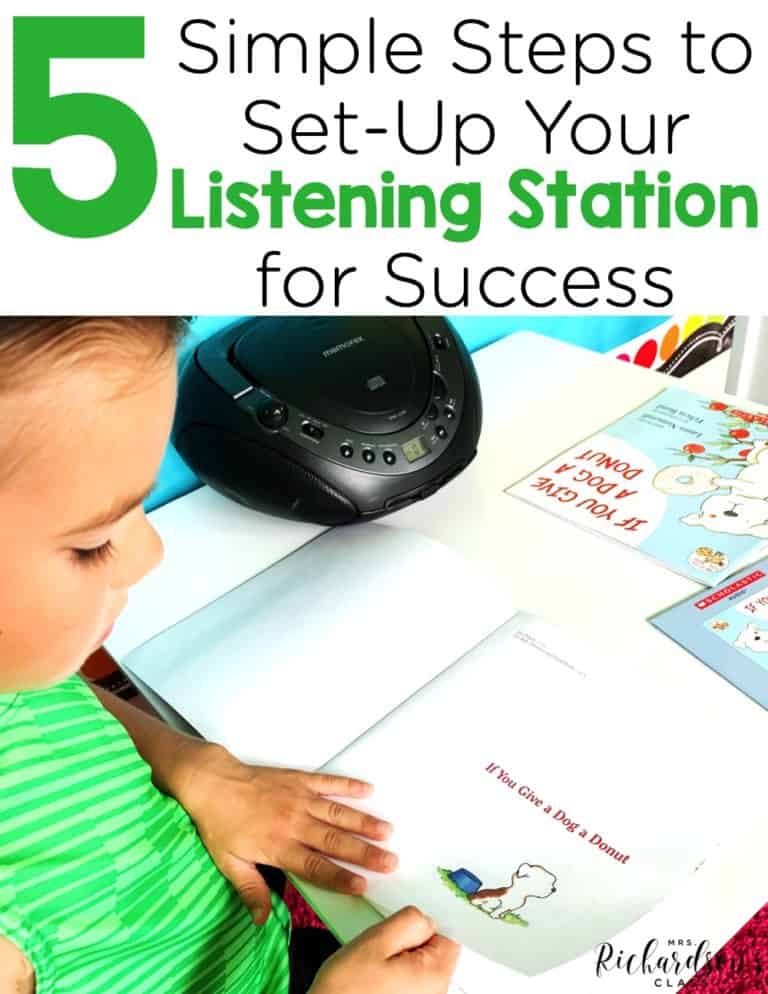

The difference between sight words and high-frequency words and why it matters.
Recently many teachers have found themselves knee-deep in “the reading wars”. As I pause to think about this phrase, I think any experienced teacher with several years under their belt would say, “There is nothing new about this. We see big shifts in education all the time. Just stay around long enough and you will see.” Balanced literacy or The Science of Reading? Decodable texts or leveled texts? Sight words or high-frequency words? Many teachers have found themselves pausing to simply ask, “What’s the difference?”
As I have dug into The Science of Reading with an open heart and mind, I am learning and growing so much! One topic specifically that has really struck a chord with me has been the topic of sight words and high-frequency words. Maybe you have found yourself right where I was, asking myself, does it matter? Aren’t the two interchangeable, and what’s the difference really? If so, buckle up! Let’s dig into sight words versus high-frequency words.
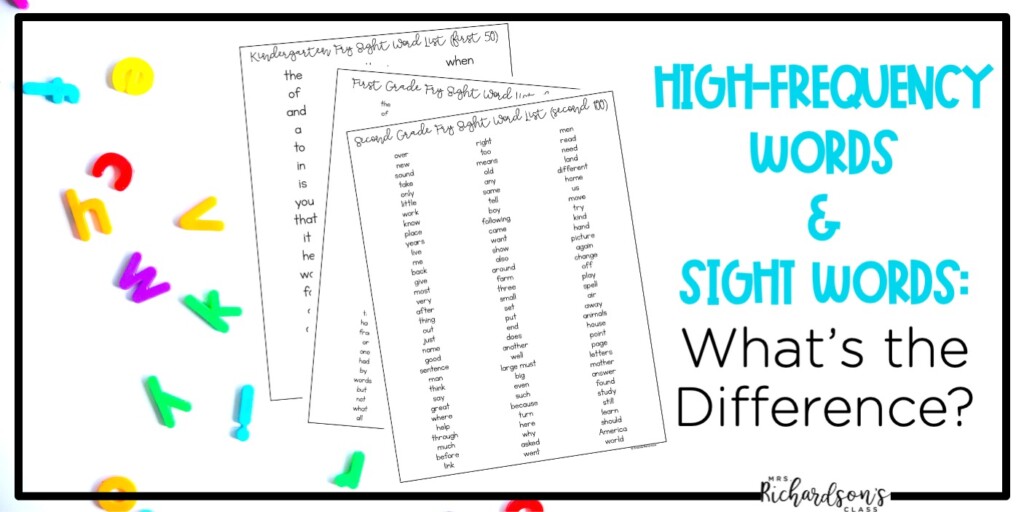
Let’s begin by defining what each is. If you are like me, you have heard the two phrases used interchangeably your whole teaching career. Friends, let’s unlearn that because they ARE different.
High-frequency words are a list of words that are most commonly used and make up at least 50% of all children’s text (Burkins, Jan, and Kari Yates. Shifting the Balance: 6 Ways to Bring the Science of Reading to the Balanced Literacy Classroom, Stenhouse Publishers, 2021.)
Sight words are words that we have learned and stored in the long-term memory part of our brain that we can read without even thinking for 1 second about. Almost all words are sight words to proficient readers like you and me.
So you might be wondering now how you need to use them in your instruction.
All of my years in the classroom, we were given a list by our district for each grade level. I’m not sure how it was compiled. Sometimes it felt like a mess. I remember one year, in particular, we had one set of words assessed on the report card and another set of words that we were teaching with our curriculum.
As we are digging into the book study happening in my Facebook Group, here are some big things I am chewing on.
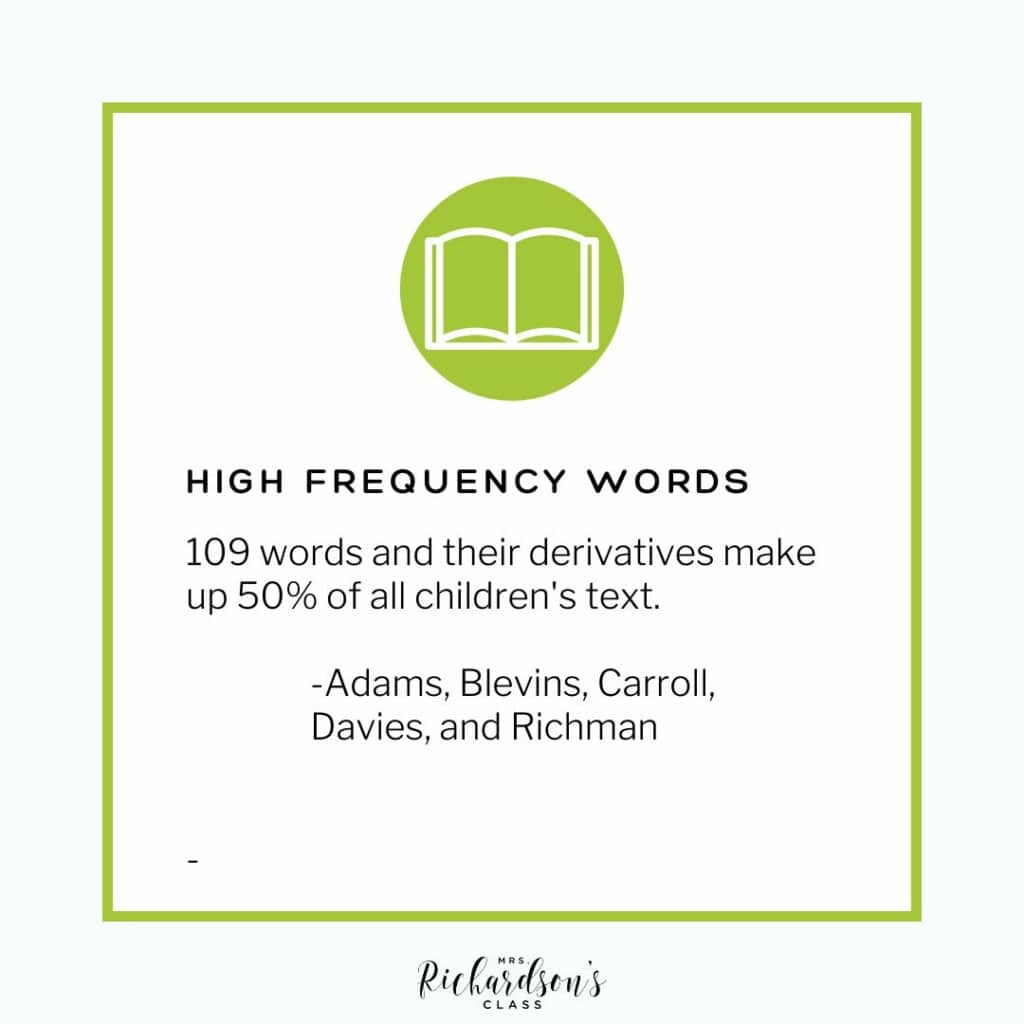
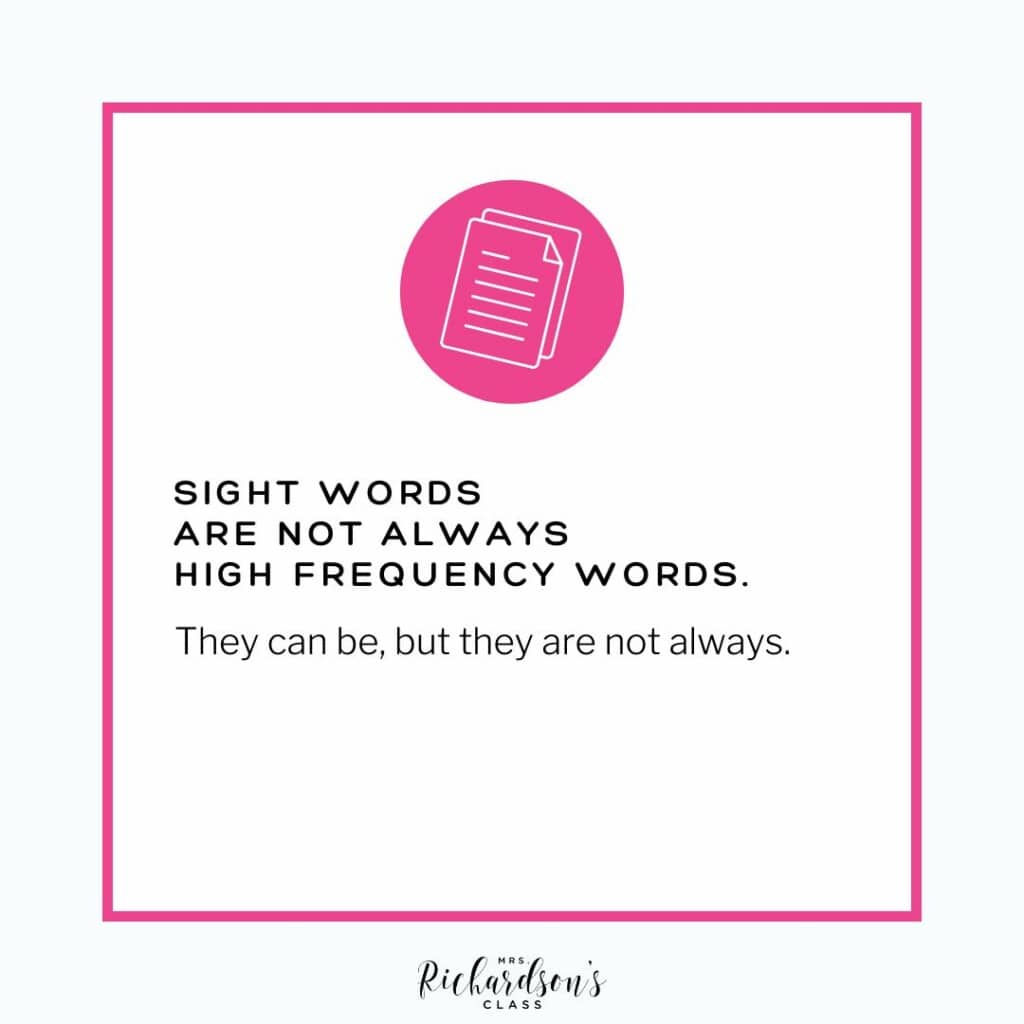
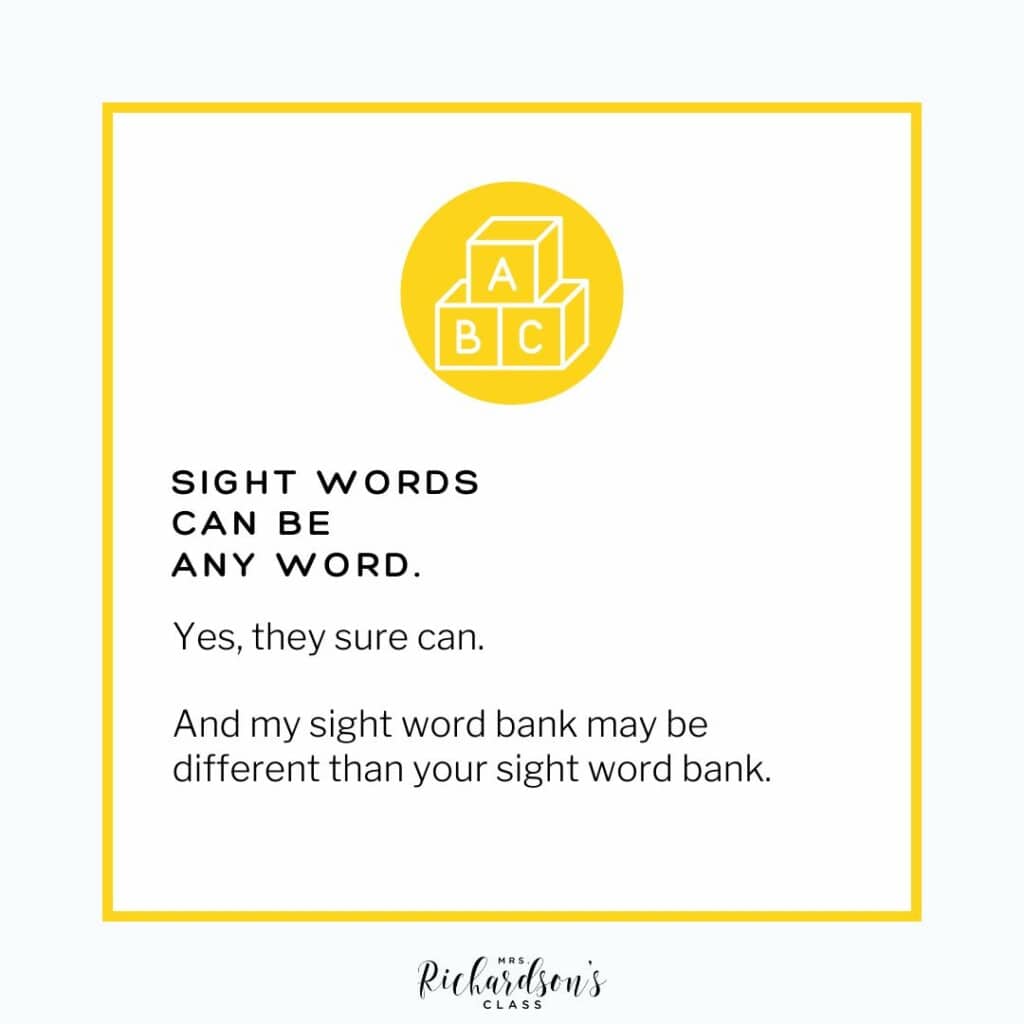
Here are some simple things you can change in your instruction that will make a big impact.
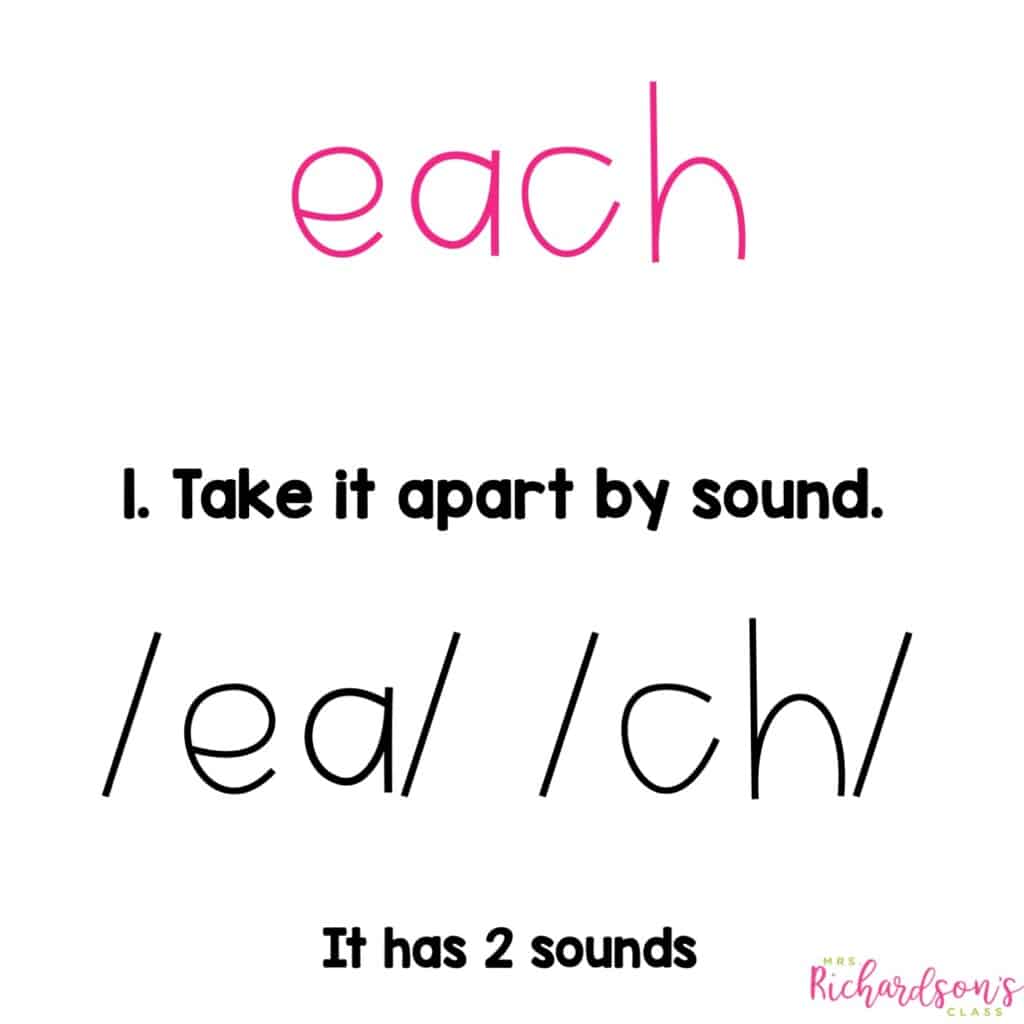
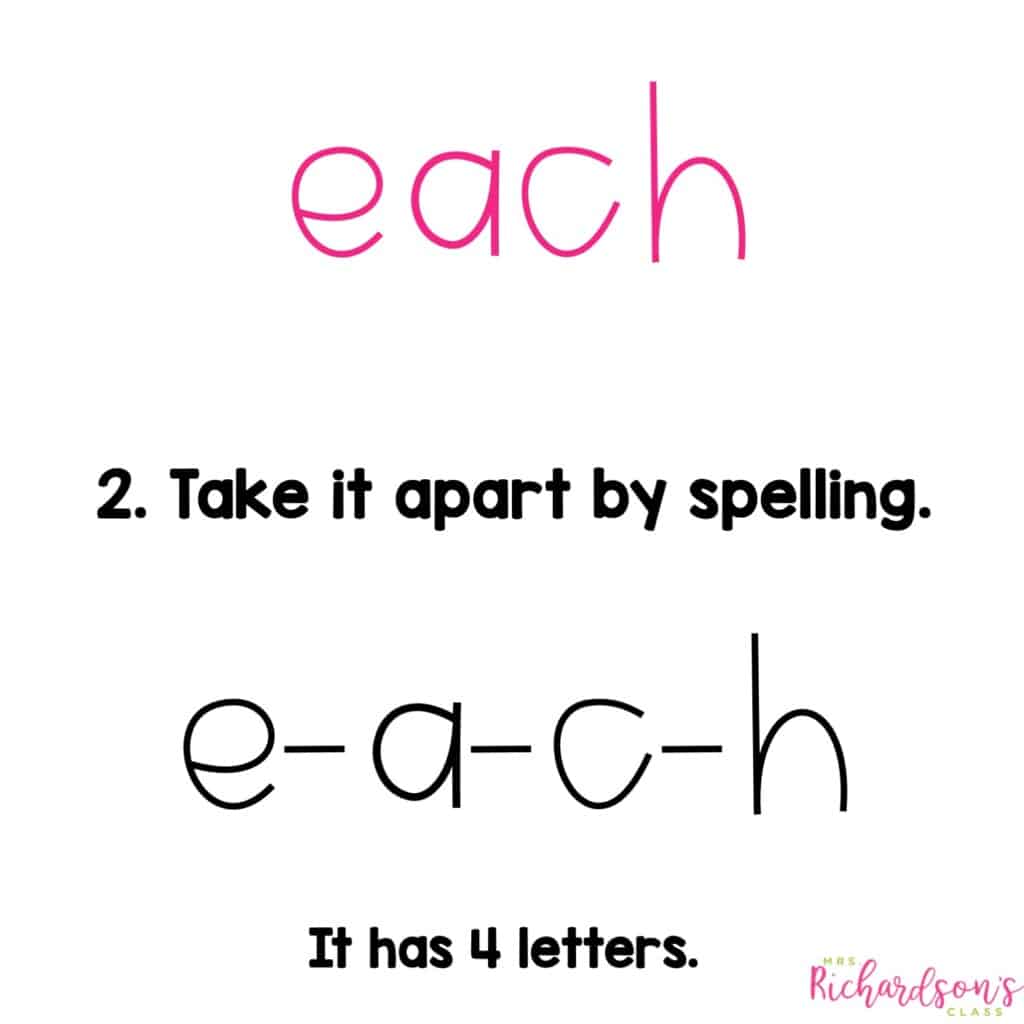
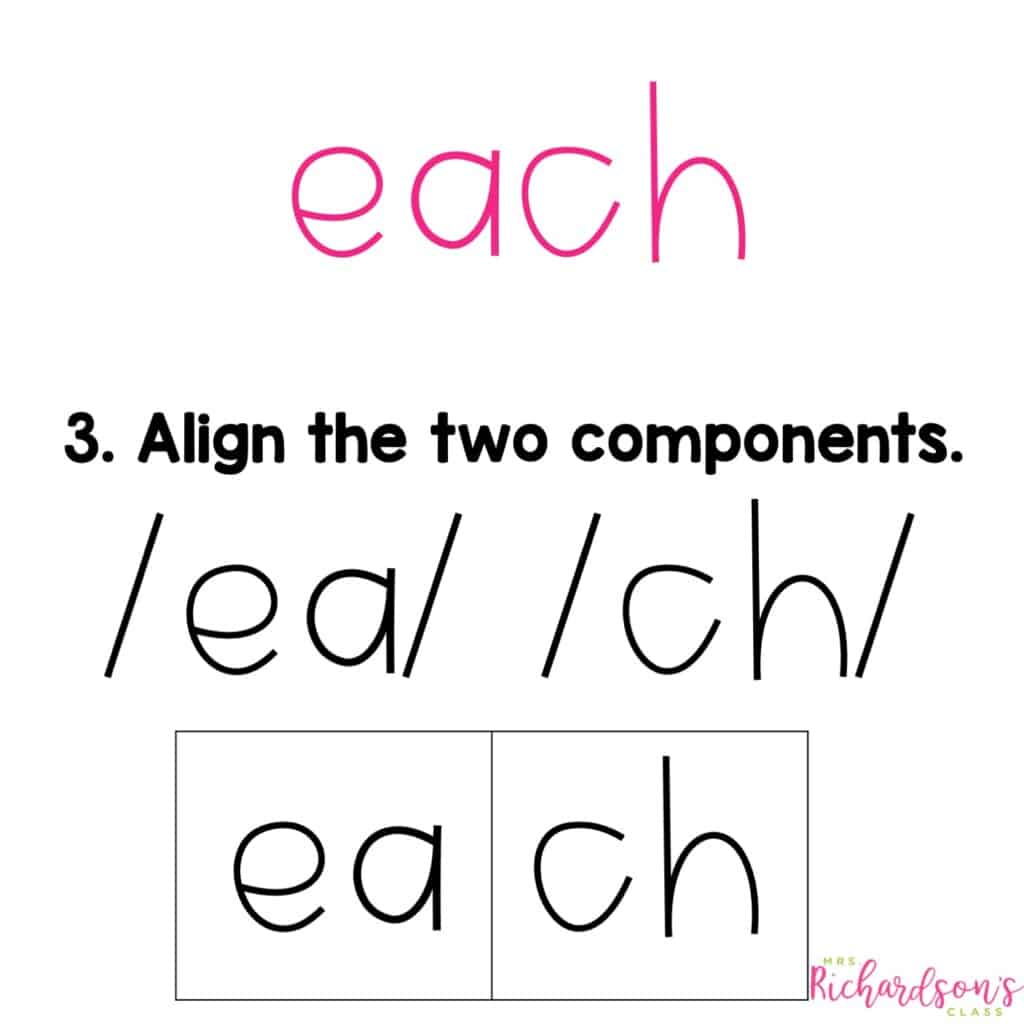
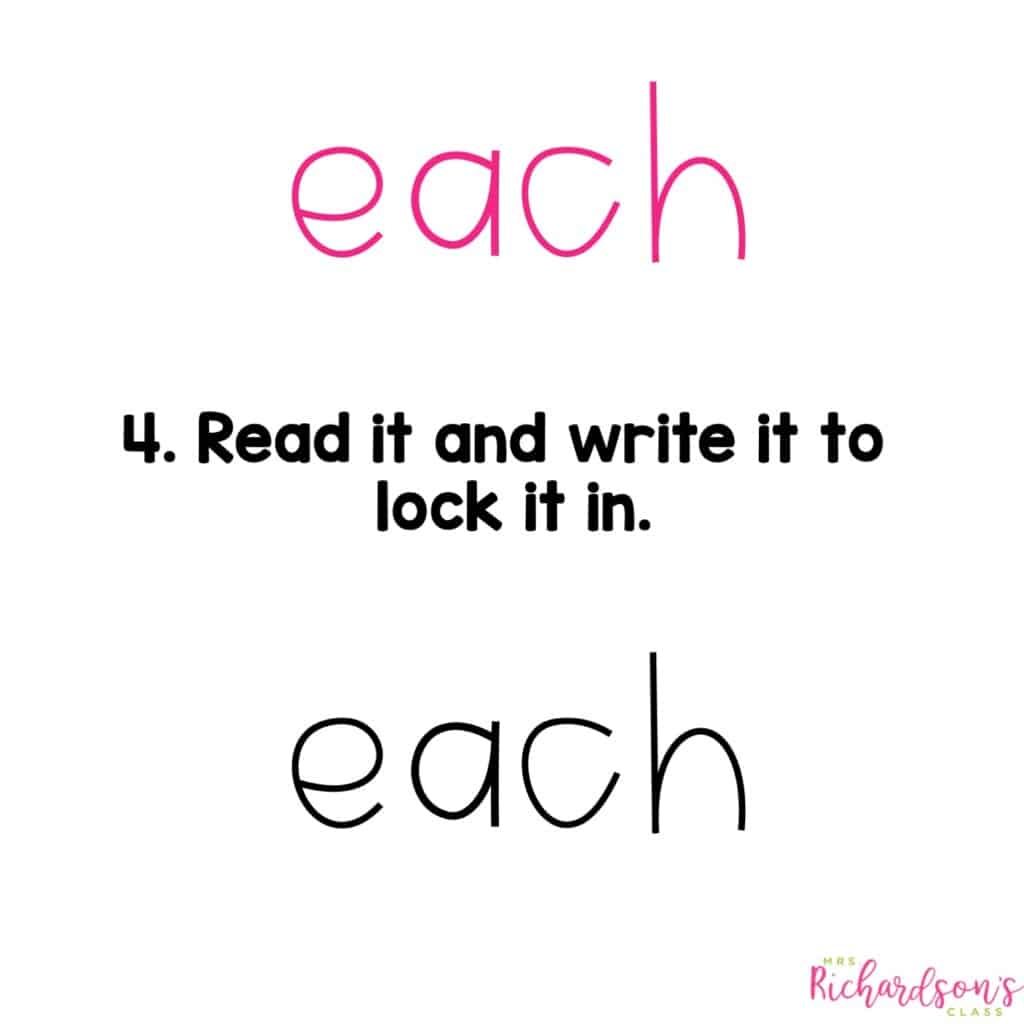
“Taking the spoken word and the written word apart and then matching up the two–phonemes to graphemes–is how the spelling of a word gets locked in long-term memory.” (Burkins, Jan, and Kari Yates. Shifting the Balance: 6 Ways to Bring the Science of Reading to the Balanced Literacy Classroom, Stenhouse Publishers, 2021.).
No matter where you are in your teaching journey, we are never too old (or new) to learn new things!
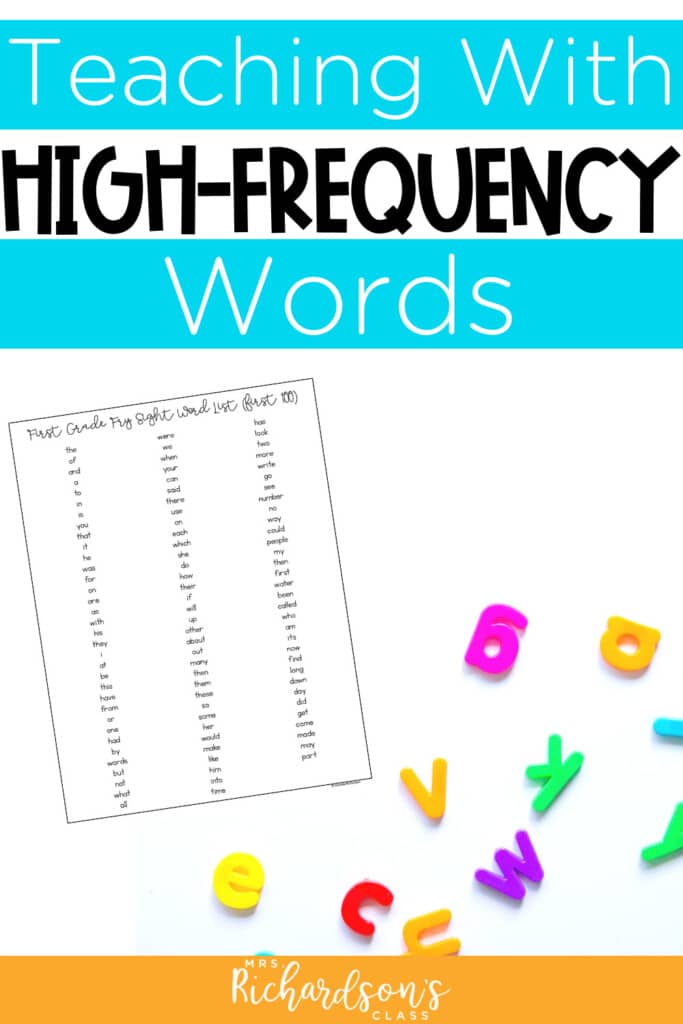
If you want to learn more about this, head over to my Facebook Group where I talked more about this in our book study, Shifting the Balance: 6 Ways to Bring the Science of Reading to the Balanced Literacy Classroom by Jan Burkins and Kari Yates. You can find the first video HERE!

Want to use the latest research to boost your readers during small groups? This FREE guide is packed with engaging ideas to help them grow!

I’m a K-1 teacher who is passionate about making lessons your students love and that are easy to implement for teachers. Helping teachers like you navigate their way through their literacy block brings me great joy. I am a lifelong learner who loves staying on top of current literacy learning and practices. Here, you’ll find the tools you need to move your K-2 students forward!


| Cookie | Duration | Description |
|---|---|---|
| cookielawinfo-checkbox-analytics | 11 months | This cookie is set by GDPR Cookie Consent plugin. The cookie is used to store the user consent for the cookies in the category "Analytics". |
| cookielawinfo-checkbox-functional | 11 months | The cookie is set by GDPR cookie consent to record the user consent for the cookies in the category "Functional". |
| cookielawinfo-checkbox-necessary | 11 months | This cookie is set by GDPR Cookie Consent plugin. The cookies is used to store the user consent for the cookies in the category "Necessary". |
| cookielawinfo-checkbox-others | 11 months | This cookie is set by GDPR Cookie Consent plugin. The cookie is used to store the user consent for the cookies in the category "Other. |
| cookielawinfo-checkbox-performance | 11 months | This cookie is set by GDPR Cookie Consent plugin. The cookie is used to store the user consent for the cookies in the category "Performance". |
| viewed_cookie_policy | 11 months | The cookie is set by the GDPR Cookie Consent plugin and is used to store whether or not user has consented to the use of cookies. It does not store any personal data. |
